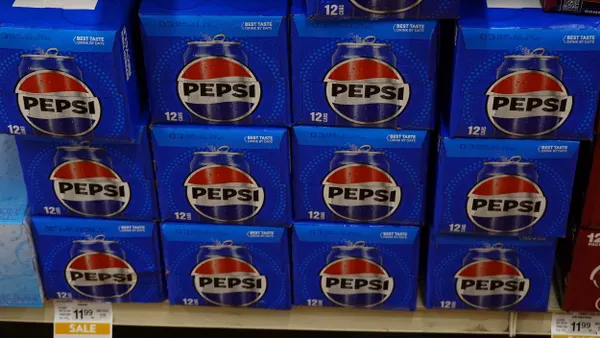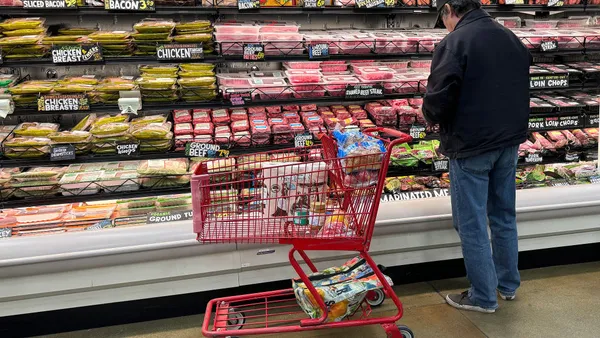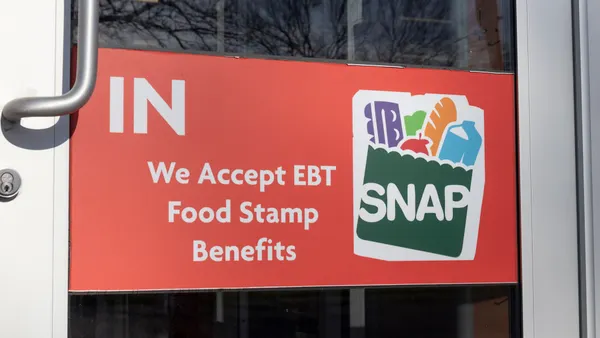Dr. Ernest Baskin is an expert in consumer behavior and marketing research. He currently serves as associate professor and chair of the Food, Pharma and Healthcare Department at Saint Joseph's University.
“Shrinkflation” has undoubtedly become a buzzword in the media this election cycle, with lawmakers on both sides of the aisle looking to assign blame for elevated grocery prices.
But despite all the rhetoric and spin, there are two important realities to remember: First, there is no single cause for the inflationary impacts on food prices. Second, the data shows that so-called shrinkflation — or the prevalence of package downsizing — is actually trending downward and occurs far less often than it used to or has been reported.
While the term shrinkflation has only been around for the last decade and a half, the practice of adjusting package sizes to mitigate cost and price increases dates to the late 1700s, when bakers chose to decrease the size of bread loaves in the face of bread riots.
Looking more closely at our current economy, the costs that go into producing the food we buy at the grocery store have increased dramatically over the last few years. Wages have gone up, increasing the cost of labor. Energy prices have increased. Trucking shortages have made transporting food more expensive. Extreme weather and global conflicts have increased farming costs.

Per Bureau of Labor Statistics (BLS) data, we know that household paper goods and snacks are two categories that have reduced package sizes. At the same time, we also know that these changes correlate to a spike in prices for wood pulp and sugar, in addition to myriad other external factors that influence manufacturing costs.
These changes have not happened arbitrarily, but rather as a response to significant pressures at one end of the supply chain and producer efforts to limit price increases.
While media attention on shrinkflation has led consumers to believe that this practice is more common now than ever before, that could not be further from the truth. According to the BLS, there have been significantly more downsized items in the past than currently. Data shows that downsizing was at its highest in early 2015 and 2016. Since then, instances of package downsizing have decreased significantly.
As the U.S. Chamber of Commerce notes, companies change product sizes and prices for various reasons, whether to meet consumer demand, adjust to preferred price points or improve packaging overall. BLS data not only shows that some products are downsized, but also that other product sizes are increased in size at any given time.
When we look at product upsizing and downsizing across consumer goods and services, only a small number of items measured by BLS via the Consumer Price Index actually experience downsizing each year. Because consumers buy groceries more often than any other type of transaction, they are more likely to notice changes in price or quantity when purchasing food.
Despite some lawmakers’ calls to stop shrinkflation, banning companies from reducing product sizes would only hurt consumers in the long run. Without the ability to downsize product sizes in response to rising costs, manufacturers would have no choice but to increase prices and potentially decrease consumer choice.









